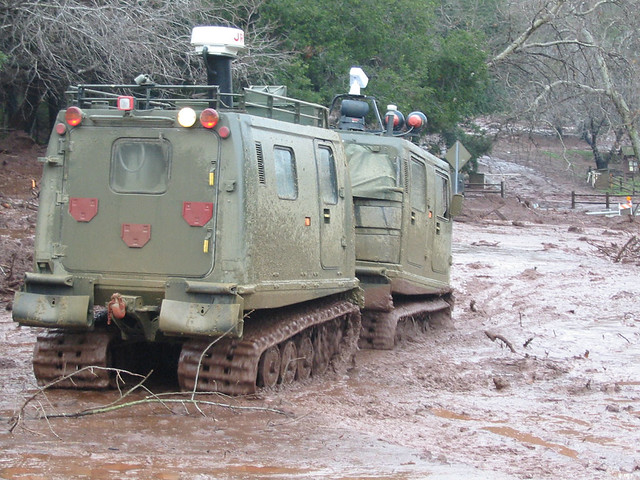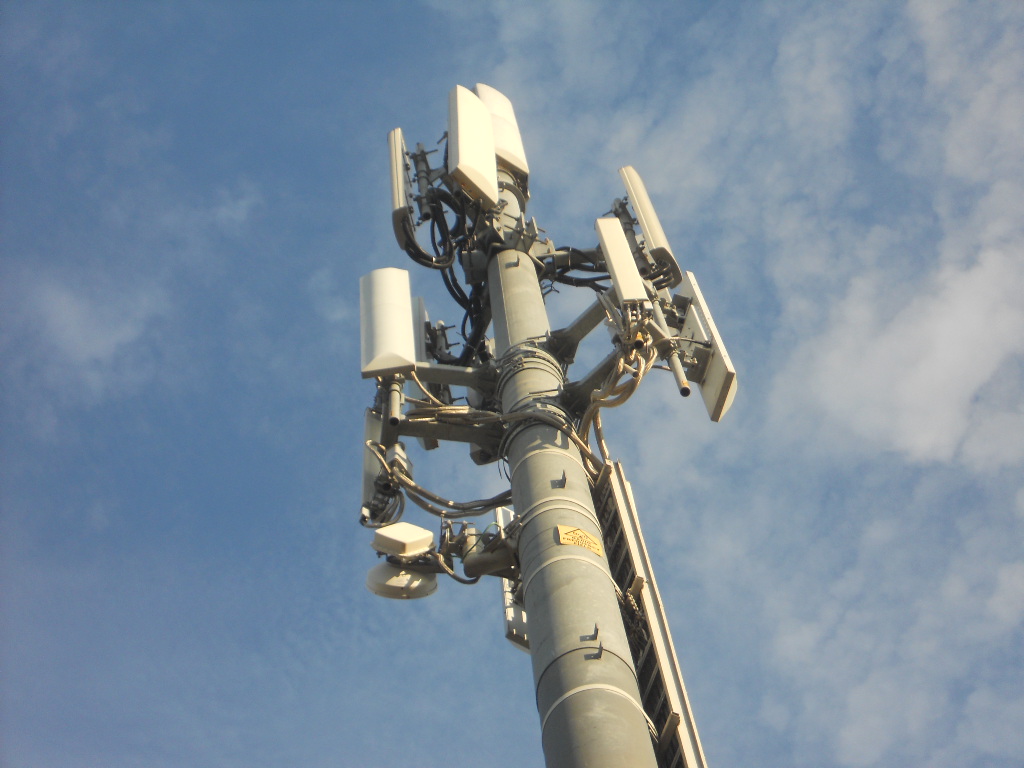By Mike Montgomery
Today, the overwhelming majority of Americans own a mobile phone (95%), with three-quarters of us owning smartphones. Whether we’re ordering dinner or a ride home, apps on our phones always seem to know our location. It is a common misconception, however, that because apps like Lyft and Postmates know where we are, that in emergency situations, first responders will also be able to find us.
The truth is far more complicated. Our apps know where we are because of opt-in location services on our devices. Ride sharing services, for example, use GPS, cellular and Wi-Fi access points to pinpoint your location. But when calling 911 from your cell phone, the emergency operator will more than likely not know your exact location because the only information your phone transmits to the operator is the Caller ID and location of the nearest cell tower that is connecting the call. It is mind-boggling to think that more often than not, your pizza delivery person has more accurate location information than the paramedics – especially when you consider the fact that upwards of 80% of 911 calls originate from a mobile device.
Additionally, mobile communication plays a huge role in disaster mitigation. Mobile alerts are used to warn the public about dangerous weather, missing persons, natural disasters and other critical situations – an absolute necessity as more than 50% of households have abandoned their landline. Even the FCC has called wireless emergency alerts “an essential part of America’s emergency preparedness”.
Most municipalities have systems in place to alert residents of pending danger but often these systems require residents to know they exists (hint: many do not) and opt-in. And sometimes these systems fail – alerts come too late, or not at all. That’s what happened in Santa Barbara in January when mudslides wiped out hundreds of homes and killed at least 20 people. Residents in the evacuation areas said they never saw the mobile alerts. The state experienced similar problems late last year when trying to alert people to evacuate from massive fires in Santa Barbara and Napa Valley.
There is no denying the direct correlation between public safety and connectivity. As such, we must ensure that our communities always have access to the best available communications tools.
So, where do we start? The answer, infrastructure.
Upgrading our wireless infrastructure – specifically deploying a robust network of densification devices know as small cells – is key to ensuring present and future connectivity. Right now, our devices are mostly connected by large towers or macro antennas spread miles apart.
Small cells, on the other hand, are small antennas or nodes, affixed to existing infrastructure in close proximity to one another. The lack of distance between nodes is one of the factors that allows for the increased wireless coverage and capacity.
A robust small cell network makes for a more resilient and reliable network, which will ultimately allow for 911 operators to get a better read on where a person is located and ensure that mobile alerts are pushed out in an effective and timely manner.
Further, building out a permanent network of small cells across the country will not only help ensure our safety today, but will also serve as the backbone for future 5G networks that will redefine what we think of as being “connected”.
There’s no question that we must find better ways to utilize mobile technology to ensure people can find safety during an emergency, whether that means calling 911 or evacuating before a natural disaster. The devices we all carry in our pockets have the potential to save our lives, and it would be irresponsible of us to not take full advantage of the technology right at our fingertips.







